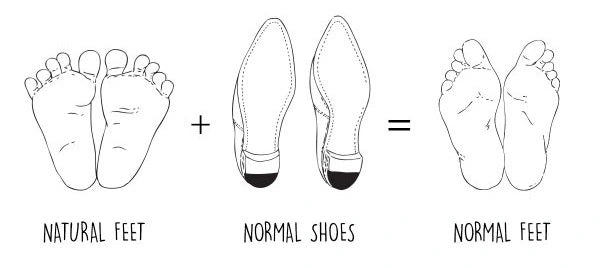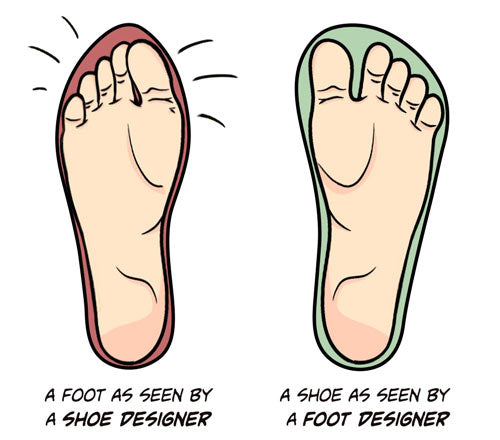The transverse arch of the foot runs across the width of the foot and plays a crucial role in weight distribution and support. The science and mystery of this arch always underrated and unspoken. Even many researches remains unveiled and unpublished because of its less awareness.

When choosing footwear that accommodates the transverse arch, consider the following factors:
1. Arch Support:
- Look for shoes with adequate arch support. The arch of the shoe should align with the natural curve of your transverse arch. Supportive insoles or orthotics can also be added if needed.
2. Foot bed Contour:
- The footbed contour refers to the shape and design of the insole or inner sole of a shoe, specifically tailored to provide support and comfort to the natural curves of the foot. The goal of a contoured footbed is to mimic the natural anatomy of the foot, offering support to the arches and providing a stable foundation for the rest of the foot.
- Choose shoes with a contoured foot bed that provides support to the transverse arch. This helps in maintaining the natural shape of your foot and distributes weight evenly.
3. Width and Size:
- Ensure that the shoes are the right size and width for your feet. Shoes that are too narrow or too wide can lead to discomfort and affect the transverse arch. Measure your feet regularly to account for any changes in size.
- It is better to measure the size of the transverse arch of yours before selecting a footwear.
4. Flexibility:
- The shoes should be flexible enough to allow natural movement of the foot. Stiff shoes can lead to discomfort and may not provide adequate support to the transverse arch.
- And also the stiffer toe region affects the gait pattern and tend to consume high energy expenditure.

5. Cushioning:
-
Look for shoes with sufficient cushioning, especially in the ball of the foot area. This helps absorb shock and reduces pressure on the transverse arch during activities like walking or running.
-
If the ball of the foot lacks the cushioning effects in the shoes, callus/ corns will be tending to develop in the area of high pressure (Ball area).
6. Material:
- Choose shoes made of breathable and flexible materials. This ensures that the shoes provide comfort and allow the foot to move naturally while maintaining support for the transverse arch.
- Non-breathable shoes make even wounds and scars in your feet, which is not healthy.
7. Toe Box Space:
- Ensure that the toe box provides enough space for your toes to move comfortably. A cramped toe box can lead to discomfort and affect the overall alignment of the foot.
- The toe box space determines your future toe deformities when you are supposed to wear narrow one during school days (school shoes) and after 5-10 years of usage your mighty foot especially your forefoot would have changed its natural structure.

8. Shoe Type:
- Different activities may require different types of shoes. For example, athletic shoes are designed for specific sports and activities and may offer features that cater to the transverse arch.
9. Try Before You Buy:
- Always try on shoes before purchasing them. Walk around and pay attention to how the shoes feel, especially around the arch area. If you are buying online, make sure the retailer has a good return policy.
10. Consult a Professional:
- If you have specific foot issues or concerns, consider consulting with a podiatrist or a footwear specialist. They can provide personalized advice based on your foot structure and any specific conditions you may have.
Author
Dr. DURGA SARAVANAN (PT., MSc Sports biomechanics and kinesiology)

